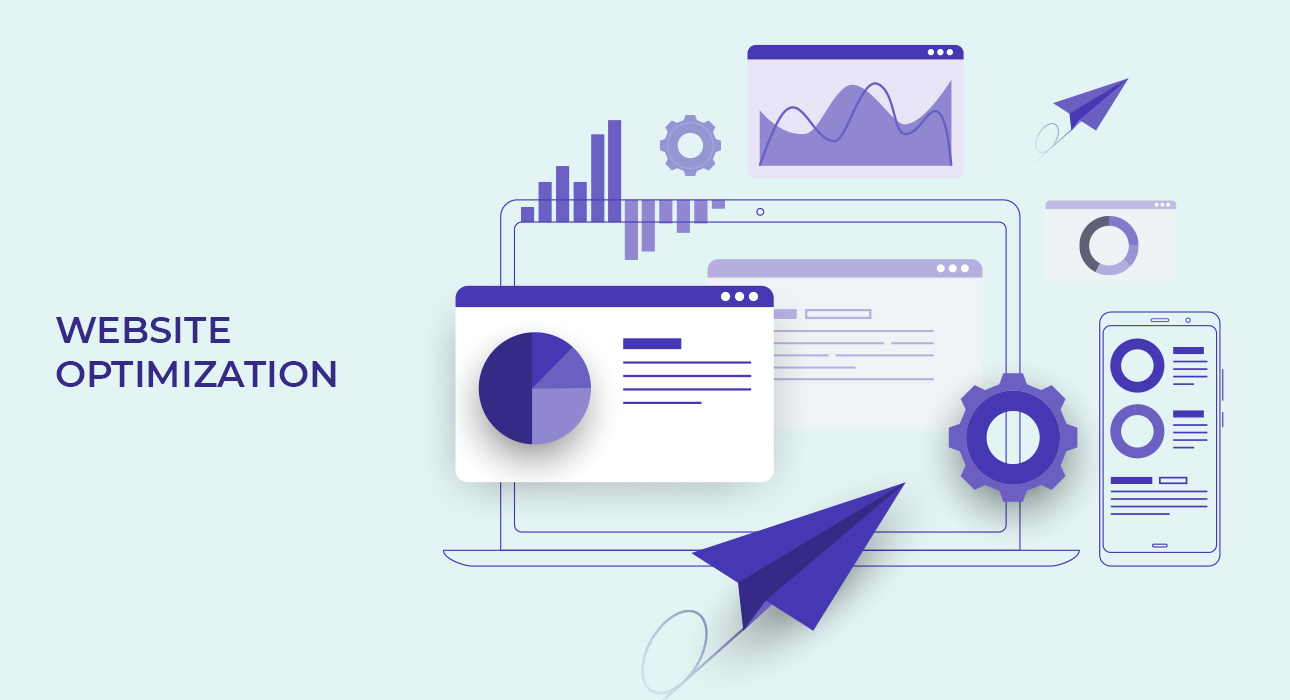18 Apr 2023
MASTERING USER EXPERIENCE: 10 SIMPLE STEPS TO OPTIMIZE YOUR WEBSITE

Having a website is just the necessary in the digital world of today. If you want to stand out, your website must be user-experience optimised and built to keep people on it until they get to the final offering. We have curated 10 easy steps that will help you to enhance the user experience on your website.
- Reduce loading time: User experience is greatly influenced by website speed. Increased bounce rates and irritation are two consequences of a slow website. You may minify code and optimise pictures, to speed up websites.
- Mobile-friendly website: More than half of all online traffic is mobile generated. It's essential to make a website that is mobile-friendly, easily accessible on mobile, uses a clear font and style, and is available with various screen widths and resolutions.
- Demonstrate that it's secure: It's crucial to convince your customers that the website is secure and protects their privacy. They are forced to rely on the website's information as a result.
- Users prefer to skim online content: Users like to scan online sites rather than read them in their entirety, therefore make the content easy to read. To make things easy to read, use headers, subheadings, and bullets. Use a typeface and font size that are readable on all devices.
- Make use of high-quality photographs and videos: The user experience is greatly influenced by visual material. Engage visitors by improving quality of images and videos used and focusing on aesthetics. Enhance your videos and photos to increase website speed.
- Use calls-to-action that are crystal clear: A call-to-action (CTA) that is crystal clear can enhance user experience and boost conversions. CTAs should be placed in visible areas of your website and should be clear and concise.
- Make use of social proof: Social proof can aid in establishing credibility and trust. Showcase your company's expertise and credibility by using client reviews, ratings, and testimonials.
- Increase accessibility of websites:
• To properly organise your content structure, use headings.
• Appropriately use tables and layouts.
• Employ appropriate descriptive linking.
• Use colours with extreme caution. - Perform user testing: This is essential for enhancing the user experience. User testing is the process by which actual users test a website's capabilities and user interface while carrying out specific tasks under actual circumstances.
• Select users who are typical of the target audience.
• Request that people do exemplary tasks on the website.
• Watch what the users are doing.
• Recap your findings. - Use hyperlink differentiation: When adding links to your website, be certain that users can quickly recognise them from visual signals. The reader is drawn in and informed that the text is meant to be clicked when it is underlined or has a distinct colour.
Improving user experience on your website can have a big impact on the expansion of your online business. You may improve your website's loading speed, mobile responsiveness, content readability, visual appeal, calls-to-action, social proof, security, accessibility, and user testing by putting these ten easy measures into practise. To keep your visitors interested and satisfied, mastering user experience is a continual process that involves ongoing monitoring and improvement.




